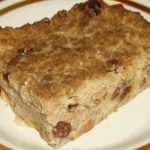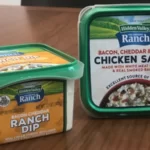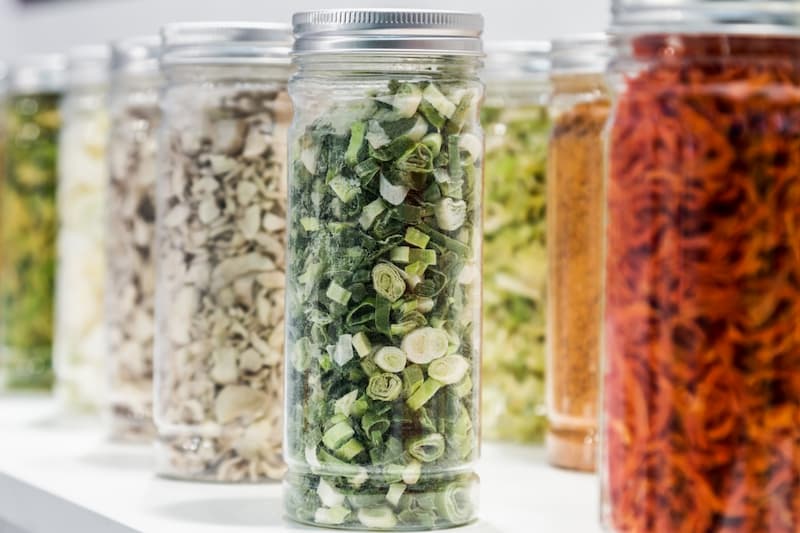
Freeze-dried foods have a shelf life of about 25 – 30 years. The method is a great way to keep the majority of the nutrients while maintaining the integrity of the food. About 98% of the moisture is removed during the freeze-drying process, removing one of the main ingredients needed for spoilage.
There are many unanswered questions despite the fact that more and more families are becoming familiar with the freeze-drying method. Which foods freeze-dry best? What distinguishes freeze-drying from dehydration? How long will a product remain fresh? The last thing you want to do is freeze dry a bunch of strawberries only to find out when you go to use them that they have no flavor. If freeze-dried foods won’t keep or be useful when the time comes, why go through the trouble of stocking a pantry with them?
The fundamental queries regarding freeze-drying are addressed in this article. We will delve into the topic to address all of your concerns so that you can use this strategy to expand the options in your pantry and make you more ready for the next pandemic or worse.
Table of Contents
How Long Does Freeze-Dried Food Last?
Foods that have been freeze-dried are excellent as a source of emergency nutrition or for use in locations without refrigeration.
They can be stored without the need for preservation.
While freeze-dried foods won’t last as long without refrigeration as canned goods (roughly 12–18 months), they still have a very long shelf life.
Food that has been freeze-dried typically has a shelf life of 25 to 30 years, whereas dehydrated food has a lifespan of 15 to 20 years.
Use freeze-dried food within a month of opening it and exposing it to oxygen.
Any frozen food that has been opened should be stored in a cool, dark area the same way canned goods are.
If you have a package of freeze-dried food that has not yet been opened, make sure to seal it tightly with an airtight seal or place it in a storage bag before storing it for an extended period of time.
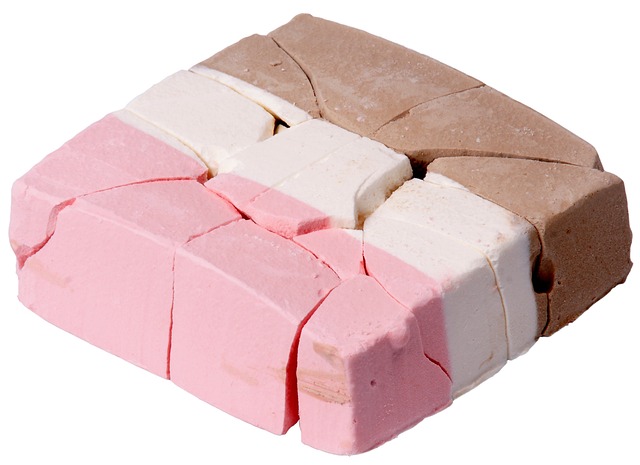
How to Tell If Freeze-Dried Food is Bad?
To get fresh fruits and vegetables without the weight or hassle of carrying them, freeze-dried foods are ideal.
The procedure can keep these items safe for up to 25 years, but how do you know when they are no longer safe?
Food that has been freeze-dried needs to be kept at room temperature, or roughly 20 degrees Celsius, in an airtight container.
If the container isn’t tightly shut or the insides feel moist to the touch, the contents have gone bad and need to be thrown away.
If there are no other indications of spoilage and the substance feels dry to the touch, it might still be edible.
Food that has discernible dark spots or mold should be thrown away right away because these are indications that bacteria have multiplied and spoiled the item.
When raw vegetables and freeze-dried fruits have come into contact while being stored, the airtight packaging has failed and needs to be thrown away.
How to Store Freeze Dried Food After Opening?
After being opened, freeze-dried food should be kept in an airtight container with an oxygen absorber, such as a glass jar, can, or sealable plastic or mylar bag. Additionally, make sure to properly store it by keeping the containers of freeze-dried food in a place that is dry, dark, and cool, like a pantry or cold storage.
When freeze-dried foods are opened, they begin to reabsorb moisture from the air, which leads to their spoilage. Glass jars, containers with airtight lids, or bags are the most typical storage containers for opened freeze dried food.
I currently have freeze dried onions in a gallon-sized bag in my pantry, which I frequently use in my cooking. Every time I seal it up, I go out of my way to let the most air out.
Keep in mind that the more you open the container, the more moisture the food is exposed to, softening it and giving it a chance to be exposed to bacteria, which causes it to spoil.
The Best Storage Conditions for Freeze Dried Food
- Oxygen-free environment– The container containing the freeze-dried food should also contain an oxygen absorber.
- Cool location– Food that has been freeze-dried should be kept at or below 70 °F.
- Dark location– If you use clear packaging, like glass jars or clear plastic bags, you should store freeze-dried food in an area out of the direct sunlight.
- Off the floor– Avoid moisture, animals, and rodents by elevating your food storage.
Make sure you use the proper type of container to store your freeze-dried food because oxygen and moisture are the main causes of freeze-dried food going bad.
It’s important to experiment with different foods as you increase your freeze-dried food storage and discover what you enjoy.
Types of Containers to Store Freeze Dried Food In
- Mylar bags
- Glass Jars (Mason Jars)
- Vacuum Seal Bags
- Cans
- Plastic Buckets
- Plastic ziplock Bags (short term)
Important to keep in mind…
- storage containers such as glass jars, vacuum seal bags, and even buckets let light in so it is important that they are stored in a dark space such as a storage room or closet as light can decrease the shelf life.
- Rodents can get into mylar, vacuum-seal, and plastic bags. It is possible to store them in totes or buckets for added security.
Mylar Bags
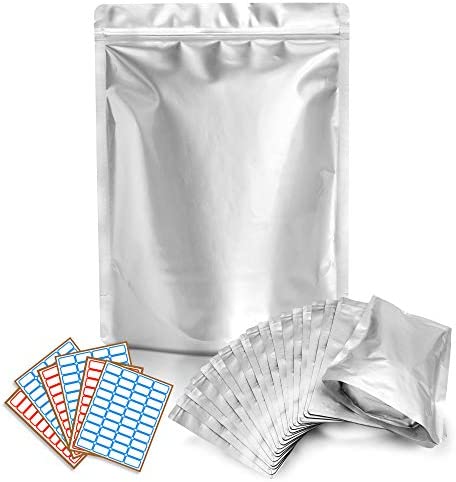
The most typical storage method for freeze-dried foods is mylar bags. Mylar bags typically have a silver color. The food is kept fresh for a very long time in these thick bags. On the bags themselves, you can write the date and the type of food.
No light can enter mylar bags, which are also simple to label and store. They won’t break if dropped, unlike glass jars.
Glass Jars (Mason Jars)
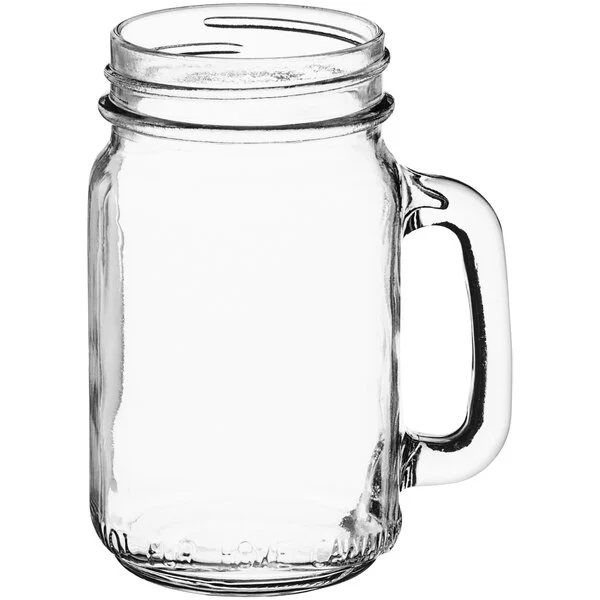
When storing freeze-dried foods, glass jars, also referred to as Mason jars, are frequently used as the storage container. The fact that you can easily see what’s inside and seal Mason jars is their best feature.
Glass jars are also great if you intend to use your freeze-dried food, such as apples or berries, for snacks and want to keep them sealed but accessible.
Due to their transparency and ability to admit light, glass jars must be kept in a dark environment.
Depending on the time of year, glass jars can be difficult to find.
Vacuum Seal Bags
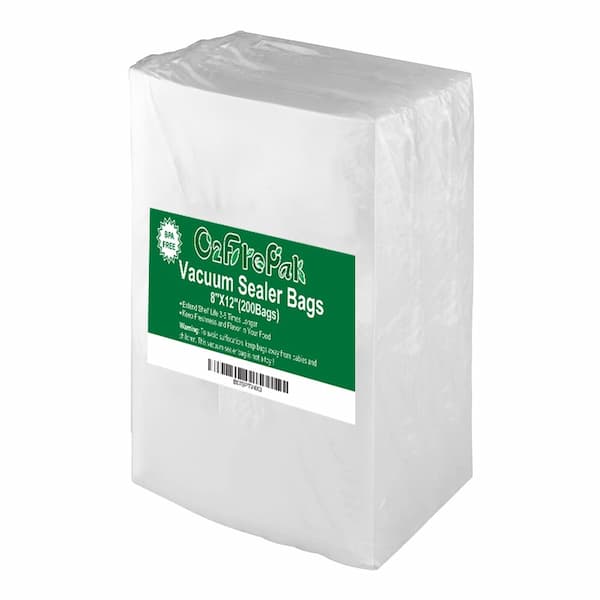
Another way to store freeze-dried foods is in vacuum-sealed bags. Since vacuum seal bags are made of clear plastic, they won’t be as effective at blocking sunlight and oxygen as mylar bags, shortening the food’s shelf life. Nevertheless, they are a great choice if you intend to use the food sooner rather than later.
Keep in mind to store it somewhere cool, dark, and off the ground where mice and other rodents cannot access it.
Cans
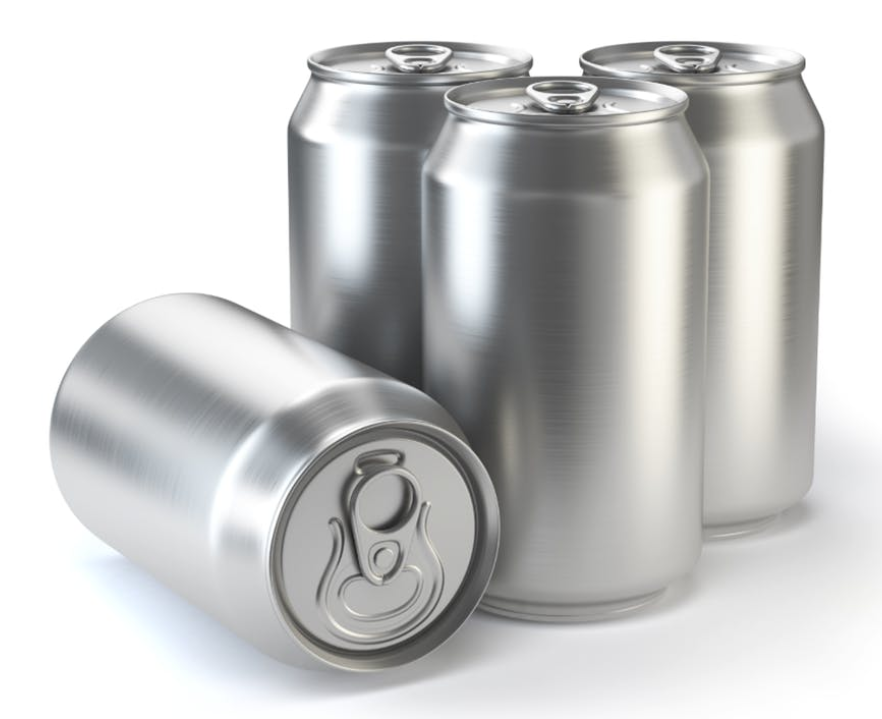
Due to their airtight seal, which prevents light from entering, and their ability to stack easily for storage, tin or aluminum cans, such as #10 cans, are a common container used for food storage.
When purchased from a business, freeze-dried food is frequently packaged in sealed #10 cans. This is a really great option for them in terms of size and shipping convenience since the majority of businesses sell their food in bulk.
Own-made freeze-dried food can be kept in cans, but the cans must be sealed by a machine. Although expensive, these can sealers are required to effectively seal cans. Although these cans stack easily, unless it is something you really want to do, doing it yourself at home is not the most economical option.
Plastic Buckets
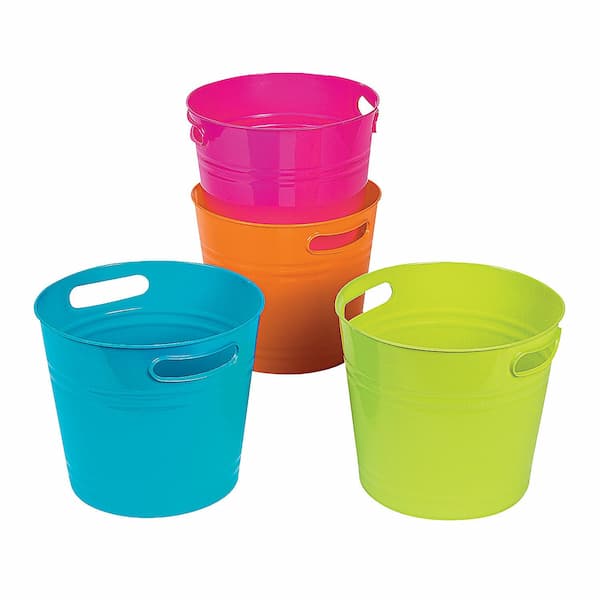
The storage of freeze-dried foods is also possible in plastic buckets, such as 5-gallon buckets. In addition to Mylar bags or vacuum-sealed plastic bags, we advise using plastic buckets.
It will be less likely for mice or other rodents to chew through your storage containers and contaminate your food if you store freeze-dried food in individual Mylar or plastic bags and then store those bags in hard plastic buckets or totes.
Additionally stackable, buckets help you make better use of available space.
Your freeze-dried food will have the longest shelf life (15–30 years) if you use both plastic buckets or totes and Mylar bags.
Plastic Ziplock Bags
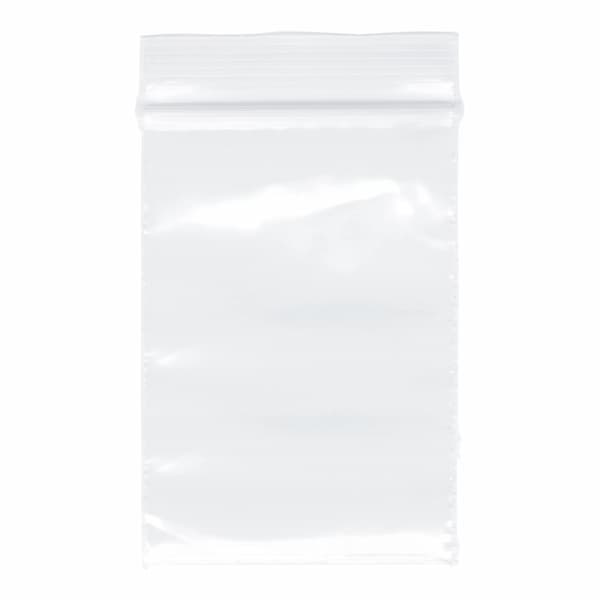
For extremely brief storage, plastic ziplock bags work great. Plastic bags are a great choice that most of us already have on hand if you intend to store the majority of your freeze dried food but want to keep a small amount out for a snack.
Can You Store Freeze Dried Food in the Freezer?
Freeze dried food can be stored in the freezer if stored correctly, however, it is unnecessary to store freeze dried food in the freezer. When kept on a shelf in your storage room, freeze-dried food can last 15 to 30 years when sealed in an airtight container with an oxygen absorber. To increase the food’s shelf life, you don’t need to store it in your freezer.
When frozen, mylar bags that contain freeze-dried foods run the risk of having their seals break, allowing moisture to enter the food and drastically shortening its shelf life.
It would probably be best to reserve the space in your freezer for other things given the potential risk and complete lack of need.
Read about Can You Freeze Freshpet Dog Food?
Can You Repackage Freeze Dried Food?
Repackaging freeze-dried foods is a good idea, especially if the original packaging is no longer effective at preventing moisture from contaminating the food and cannot be sealed.
It may seem like there are a lot of freeze-dried foods in #10 cans. When compared to mashed potatoes or eggs, things like onions won’t all be used up as quickly. Therefore, refrigerating freeze-dried food will enable you to keep storing it for a year or longer without it spoiling.
You can easily separate freeze dried foods from larger bulk containers into items like mylar bags or glass jars that are in a more realistic consumable amount for you or your family, preventing food waste due to moisture in the food or food that you won’t use all before the open shelf life is up.
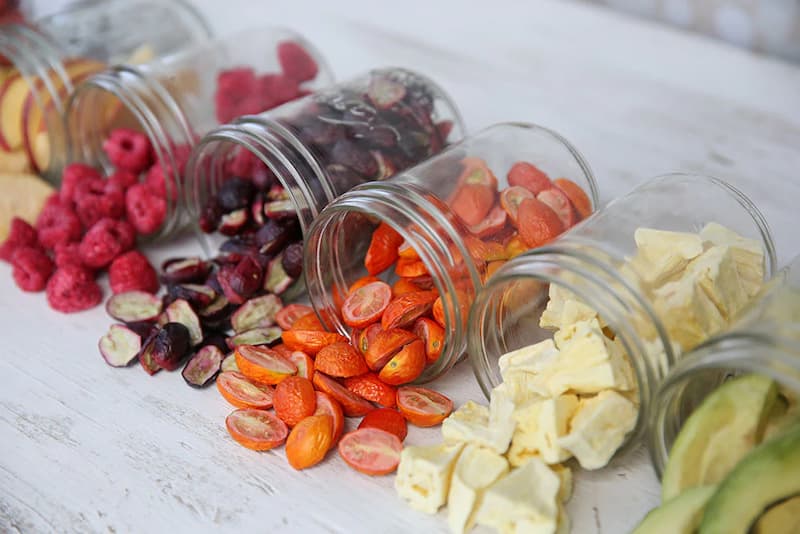
What is Freeze-Dried Food?
Freeze-dried food is flash-frozen before being placed in a vacuum chamber to remove the ice crystals.
When our dried foods are taken out of this environment, the water can be reabsorbed by the air around them and they will thaw out in their natural state as if they had never been frozen.
In essence, freeze drying preserves all of that fresh flavor for many years.
Foods’ water content is eliminated during the freeze-drying process.
In this method, foods that don’t need to be cooked or otherwise prepared before consumption have moisture removed from them using heat, vacuum, and pressure.
This process also delays any bacterial spoilage in the products, even after they have been opened, which is another advantage.
Mold, bacterial growth, and other natural processes can occur when food is stored on a shelf for an extended period of time, which will cause your fruit snacks to spoil quickly.
All of those problems are avoided by freeze drying, a quick dehydration method that keeps our favorite flavors intact.
We’ve developed a variety of protein powders, cheese snacks, ready-to-eat meals, and even desserts that can be freeze-dried in addition to fruits and vegetables.
When freeze-dried and properly packaged, the majority of products have a 20–25 year shelf life.
Check for freeze-dried dog food.
How Long Has Freeze Drying Been Around?
The art of freeze drying was not fully developed until World War II, when it was used to transportably preserve blood serum, penicillin, and other medical supplies. Freeze drying was initially discovered in France in 1906. Researchers found that by using this process, biologicals could be preserved before being delivered to hospitals that are desperately trying to save patients.
In order to extend the shelf life of particular foods, industries started using the freeze-drying process in the 1950s. NASA picked up on the idea of freeze-drying to supply essential food for its astronauts during space flights, while the military used it to enhance their MREs.
Coffee was the first food item to be frozen, but today, almost anything can be preserved using this technique, including whole meals, emergency powders, and desserts like ice cream.
What Kinds of Food Can Be Freeze-Dried?
To preserve necessities like fruits, vegetables, dairy, and meats, most families use freeze-drying techniques. While some foods freeze-dry more effectively than others, it still pays to be aware of which ingredients to use and which to avoid.
Foods That Freeze Dry Well
A list of foods that do well when freeze-dried is provided below.
Fruits

Fruits with a high water content, such as strawberries, blackberries, apples, apricots, and even bananas, are ideal candidates for this method of preservation. A fruit piece with its original shape and nutrients is the end result.
Vegetables

Potatoes, tomatoes, radishes, celery, squash, eggplant, and other vegetables are resilient enough to withstand the rigors of a freeze-drying well. While most preppers frequently include canning their own vegetables, freeze-drying an item can be a more efficient way to increase its shelf life. Most long-term pantry players can for their basic needs once a year because canning is only expected to last a few years, saving their freeze-dried goods for more prolonged, more severe shortages.
Meat

Meats with a high moisture content, like pork, chicken, and beef, are simple to freeze-dry (either raw or cooked). Raw meat that has been freeze-dried and sealed in an airtight container can be kept on the shelf at room temperature for up to 10-15 years. To use, simply immerse the meat in water, dry it with paper towels, season it, and grill it as you would any other piece of meat.
Dairy

Milk, cream, and other dairy products are freeze-dried to produce usable powder. When ready for use, the powder can then be stored and rehydrated with water.
Herbs and Spices

Many prepper cooks grow their own spices and herbs and freeze-dry them so they can be added to meals as needed. In order to turn sauces into powders, they can also be freeze-dried. Many proponents of long-term food preservation keep packets of sauce or buttermilk (used in baking) in their pantries.
Beverages

The best candidates for freeze-drying include coffee, smoothies, milk, and juices that can be converted to powders through freezing. You want a powder that you simply have to add water to, so
Foods That Do NOT Freeze Dry Well
Any food with an oil base will not be suitable for freeze drying. These consist of mayonnaise, some chocolate varieties, jams, syrups, butter or margarine, lard, peanut butter, and butter or margarine. These foods lack sufficient moisture content to function in a method that involves removing water from the food.
High sugar-based foods do not translate well to a freeze-drying process. For instance, a freeze-drying machine won’t work well with pineapple juice or fructose syrup.
Many snacks made with oils and having high sugar contents will not change enough to make freeze-drying worth it – Oreos, pop-tarts, cakes, pies, cookies, jelly beans, Twizzlers, etc.
Read about Can You Freeze Angel Food Cake?
Freeze-Dried Food Vs Dehydrated Food
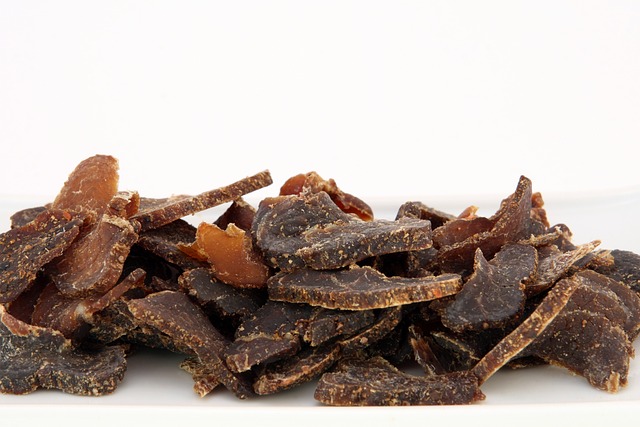
With a basic understanding of how each method of preservation functions, the argument between freeze-dried food and dehydrated food can be resolved.
In general, the precise ingredients used in the preparation and the cooking technique for both types of meals will determine the final product’s texture.
Both techniques for food preservation function by drying out the food.
While freeze-drying removes about 98% of the water content in each piece of food, dehydration primarily affects the food’s surface.
Food that has been dried produces an item with more flavor and color than fresh food.
The texture and flavor of freeze-dried food will typically be more bland and crunchy.
When comparing the two methods of preservation for your long-term food supply, freeze-drying is frequently advised because it can be kept in small or large bags without being sealed.
In addition, unlike the oven or stovetop used to dehydrate food, this method of preservation does not call for any specialized equipment.
If you’re trying to maximize the amount of space in your pantry, dehydrated foods are probably not the best choice because they take up more room than their fresh counterparts.
A different experience will be provided by each option depending on what is most crucial at the time: taste or nutrition. Neither option has been proven to perform better than the other during emergencies.

